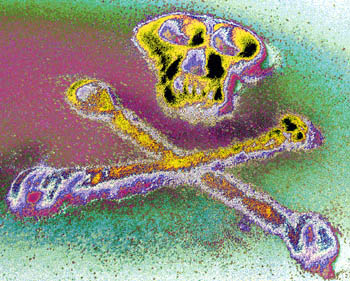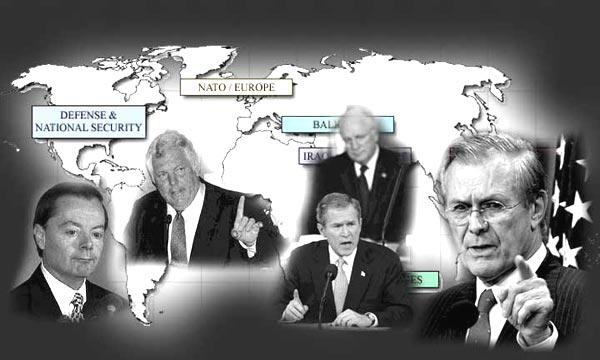Alex Constantine - September 28, 2010
By Melissa Bell
Washington Post Blog | September 21, 2010
The recent D.C. mayoral election brought the racial divide of the nation's capitol back into conversation. Now, Oakland, Calif., computer programmer Eric Fischer has given us a striking visual of the city's segregation according to 2000 U.S. Census data. (Map shown above. Click on each map for a larger image.)
His map of Washington is just one of 94 maps he's made of the most populated cities in the United States, basing his project on Harvard graduate student Bill Rankin's 2009 map titled Chicago Boundaries, (below) which plotted the demographics of the city according to race and income.
"It was amazingly dramatic, and I wondered what it was like for other cities," Fischer, 37, said in a phone interview. Over two nights, he created an algorithm to plot the census data downloaded from the government Web site and uploaded the series onto Flickr early this week.
"I always knew that cities had these racial divisions, but seeing them set out so graphically, that was the striking thing about them," he said.
Rankin originally plotted his map of Chicago for a Yale journal article that asked him to explore how maps construct reality. He said neighborhoods are usually defined by solid colors plotted on a street map, but in reality the divisions are much blurrier. He wanted to to show demographics on a map.
The dots represent 25 people each and are accorded colors to represent each race or ethnicity. Red dots are people who marked white on the census; blue represents black people; green represents Asians; orange is Hispanic; and gray is other.
Rankin noted that he didn't plot income. He intended his original project to show how race and income divisions don't always overlap. "You'd never see as nearly as stark boundaries of income," he said. "There is much more stark discrimination of races."
Check out all of the maps in Fischer's set here. Fischer said he looks forward to the 2010 Census data to see how the maps have changed.
If the maps look somewhat familiar, Fischer was behind the Locals and Tourists maps that made the Internet rounds in June. He mined the geotags of photographs and plotted where tourists and locals take photos in a city.
Here are some of the other cities Fischer plotted:
New York
Detroit
San Diego
Laredo
Note: The Post cannot verify the accuracy of the maps. The work in the photos is all Rankin's and Fischer's.
By Melissa Bell | September 21, 2010; 4:50 PM ET











